Fossil Evidence Shows The Longest Crocodile To Live Was 40 Feet Long and Weighed 17,600 Pounds
Imagine a crocodile so large it dwarfed modern-day giants. The Sarcosuchus imperator ruled the Cretaceous period, approximately 112 million years ago.
This colossal reptile reached lengths of 40 feet and weighed around 17,600 pounds, earning the nickname “SuperCroc.”
Unveiling the Sarcosuchus Imperator
The discovery of Sarcosuchus imperator fossils in the Tenere Desert of Niger provided a glimpse into its massive size.
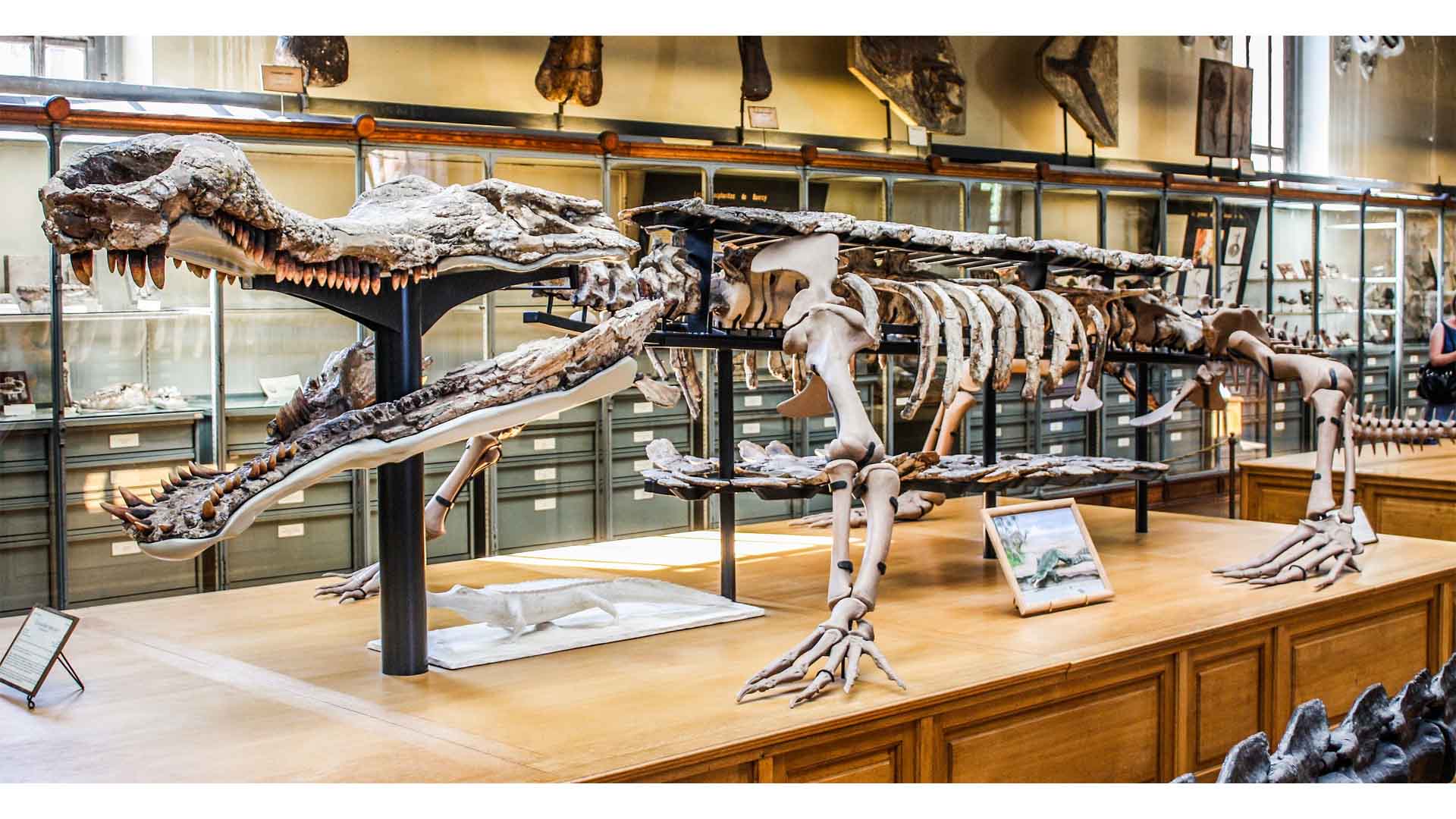
Source: Shadowgate/Wikipedia
With a skull measuring 5 feet 6 inches and a unique bowl-shaped snout, this croc had about 100 teeth designed for hunting and a diet mainly of fish.
A Record-Breaking Predator
The Sarcosuchus imperator’s weight and length are truly staggering. Fossil evidence indicates it weighed around 17,600 pounds and measured about 41 feet long.
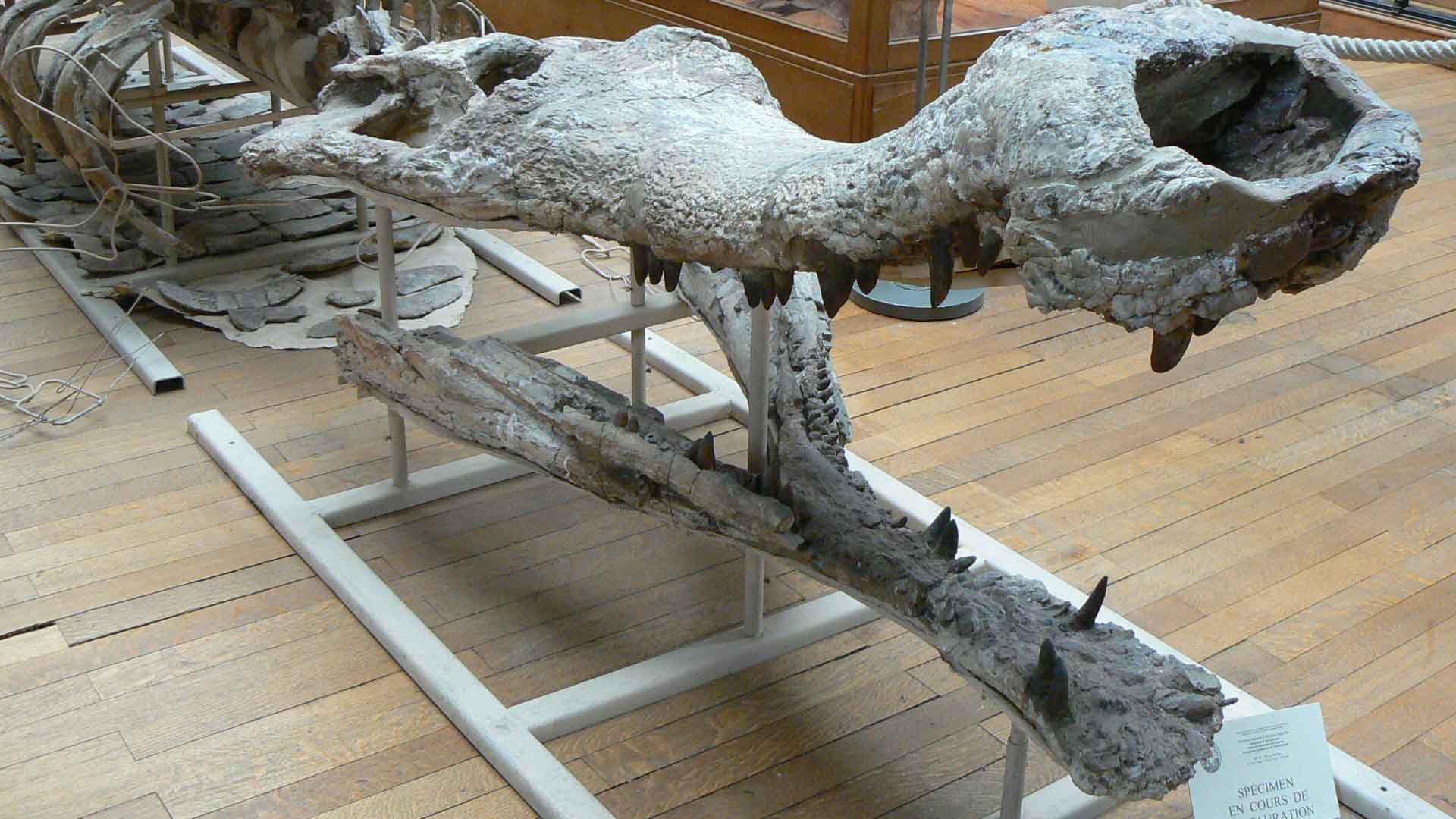
Source: LadyofHats/Wikipedia
Each year of its life, it gained a new armor plate, reaching its full size in approximately 55 years.
Purussaurus Mirandai: A Weighty Competitor
Living around 7.5 million years ago in Venezuela, Purussaurus mirandai was another giant, weighing about 5,700 pounds and stretching 32 feet 9 inches long.

Source: Nobu Tamura/Wikipedia
It had an unusual spine structure, which helped support its immense weight and lived in an environment rich in biodiversity.
The Mighty Euthecodon Brumpti
The Euthecodon brumpti thrived in Africa from the Early Miocene to the Early Pleistocene periods.
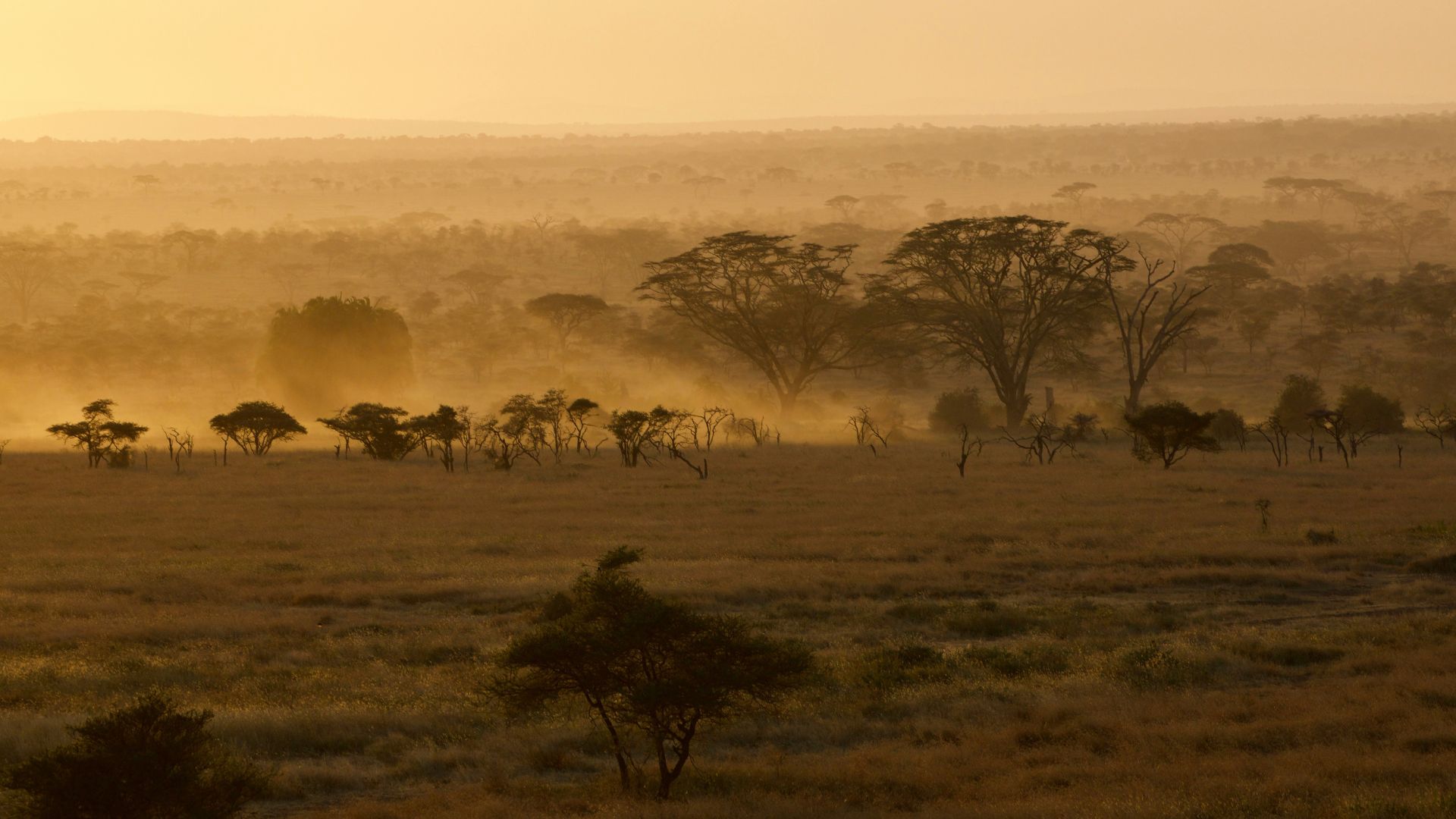
Source: Magdalena Kula Manchee/Unsplash
Fossils found in Kenya’s Turkana Basin suggest it grew to 33 feet long and primarily fed on fish. This crocodile’s fossils are among the most commonly found in the region.
Gryposuchus Croizati: The Urumaco Giant
The Gryposuchus croizati lived in Venezuela’s Urumaco Formation during the Middle to Late Miocene period.
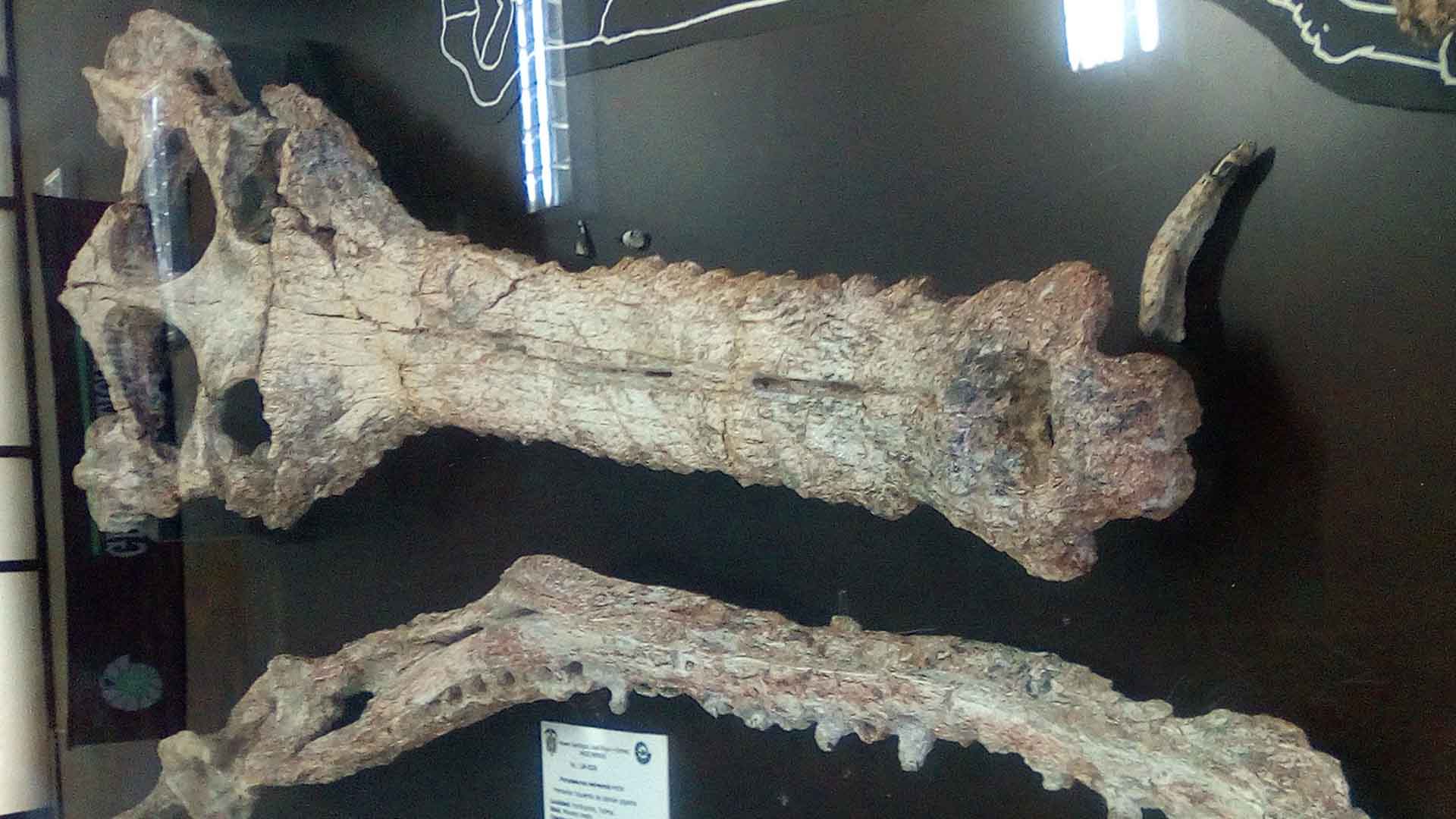
Source: Rextron/Wikipedia
This crocodile, which may have reached lengths of 33 feet, weighed about 3,850 pounds. Geological changes that created ravine systems likely led to its extinction.
Rhamphosuchus: The Beak Crocodile
The Rhamphosuchus, with its distinctive beak-like snout, lived during the Miocene period in present-day Pakistan.
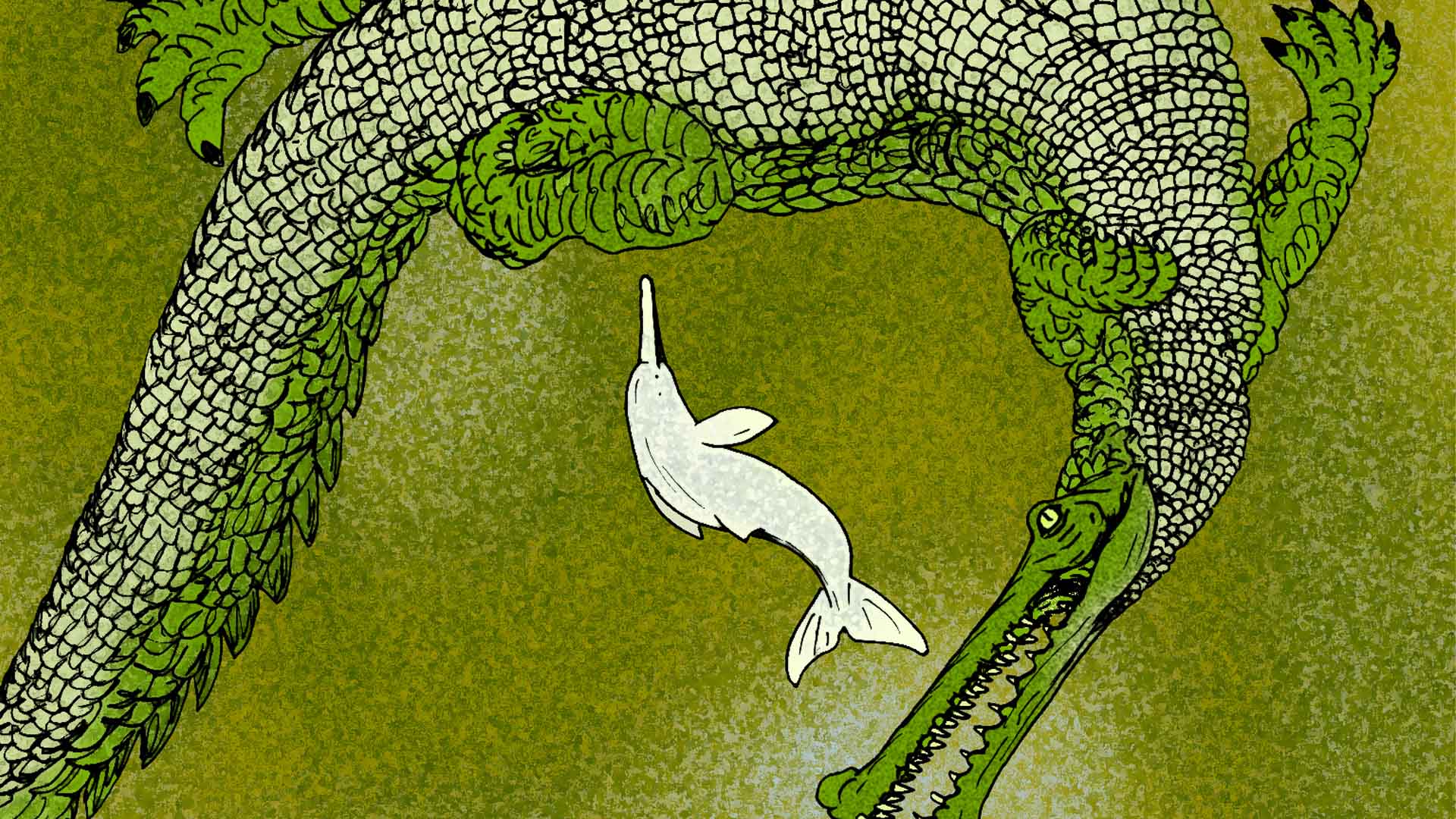
Source: Apokryltaros/Wikipedia
Estimated to grow up to 36 feet long and weigh 6,000 pounds, it primarily consumed fish but also hunted other animals near waterholes.
Mourasuchus: The Duck-Faced Crocodile
Mourasuchus lived around six million years ago in Venezuela and Brazil. This unique crocodile, which grew up to 39 feet 4 inches long, had a duck-like face and weak teeth.
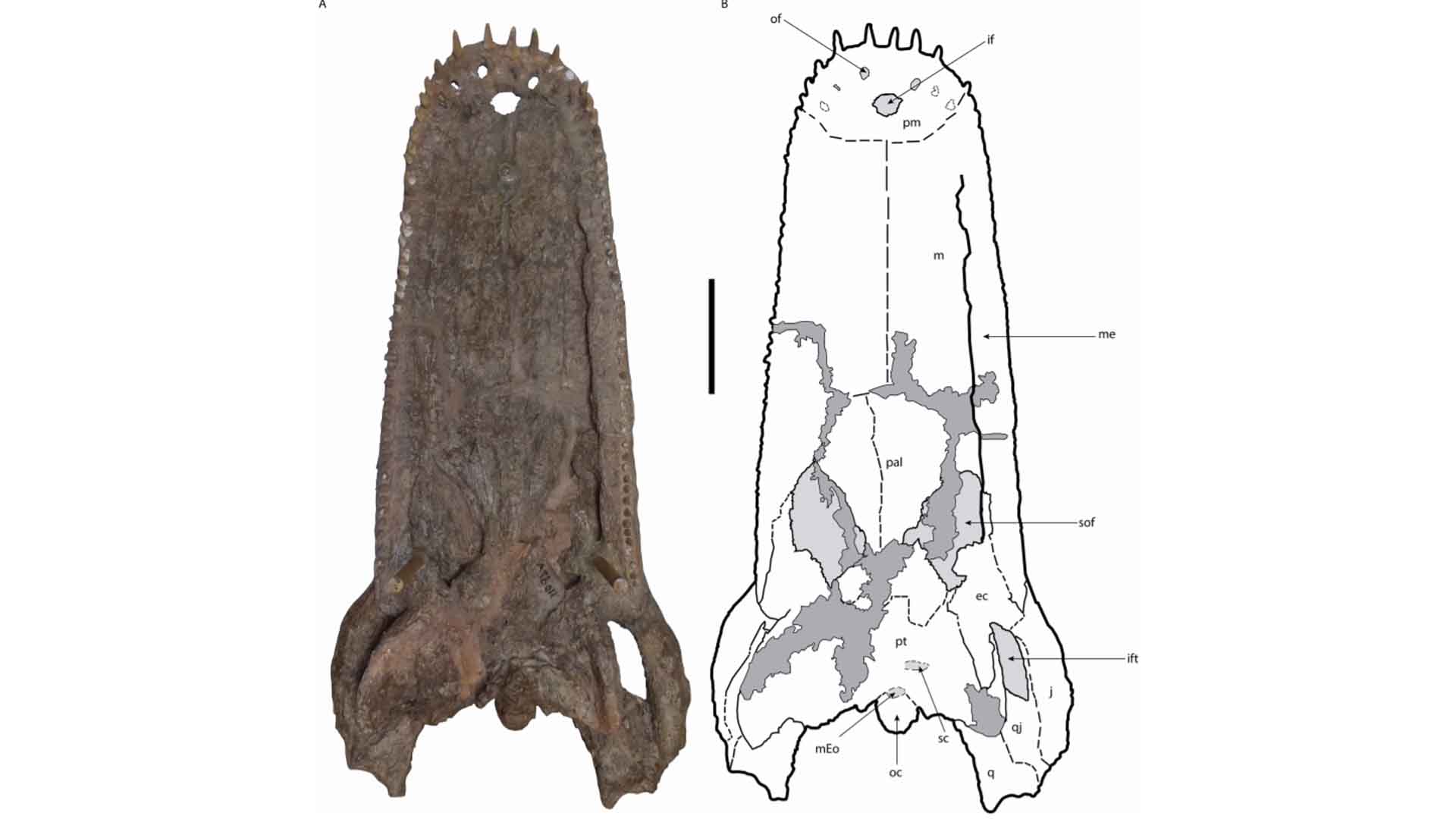
Source: Wikipedia
It likely scooped water to swallow prey whole, and its unique diet helped it reach weights of up to 16,000 pounds.
Purussaurus Brasilensis: The Amazonian Titan
Weighing about 18,500 pounds and measuring as long as a tour bus, Purussaurus brasilensis lived in South America during the Late Miocene.
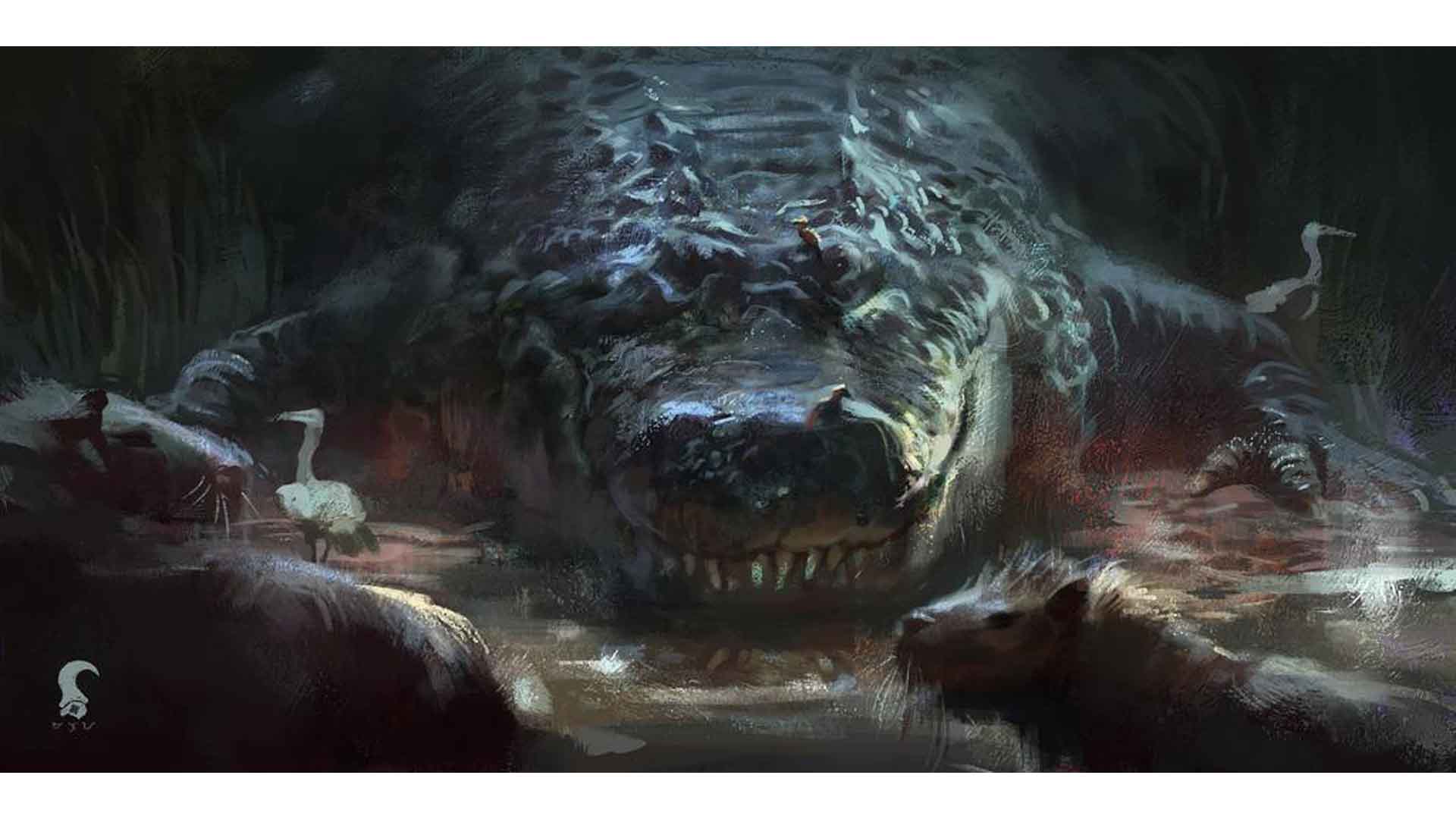
Source: Naturewasmetal/Reddit
It could exert 15,500 pounds of force with each bite and consumed up to 88 pounds of food daily, thriving around the Amazon River region.
Modern Giants: Lolong and Cassius
Modern crocodiles like Lolong, who measured 20 feet 3 inches and weighed 2,370 pounds, and Cassius, the 17-foot-3-inch saltwater crocodile, show that while today’s crocs are large, their prehistoric counterparts were true giants of the animal kingdom.
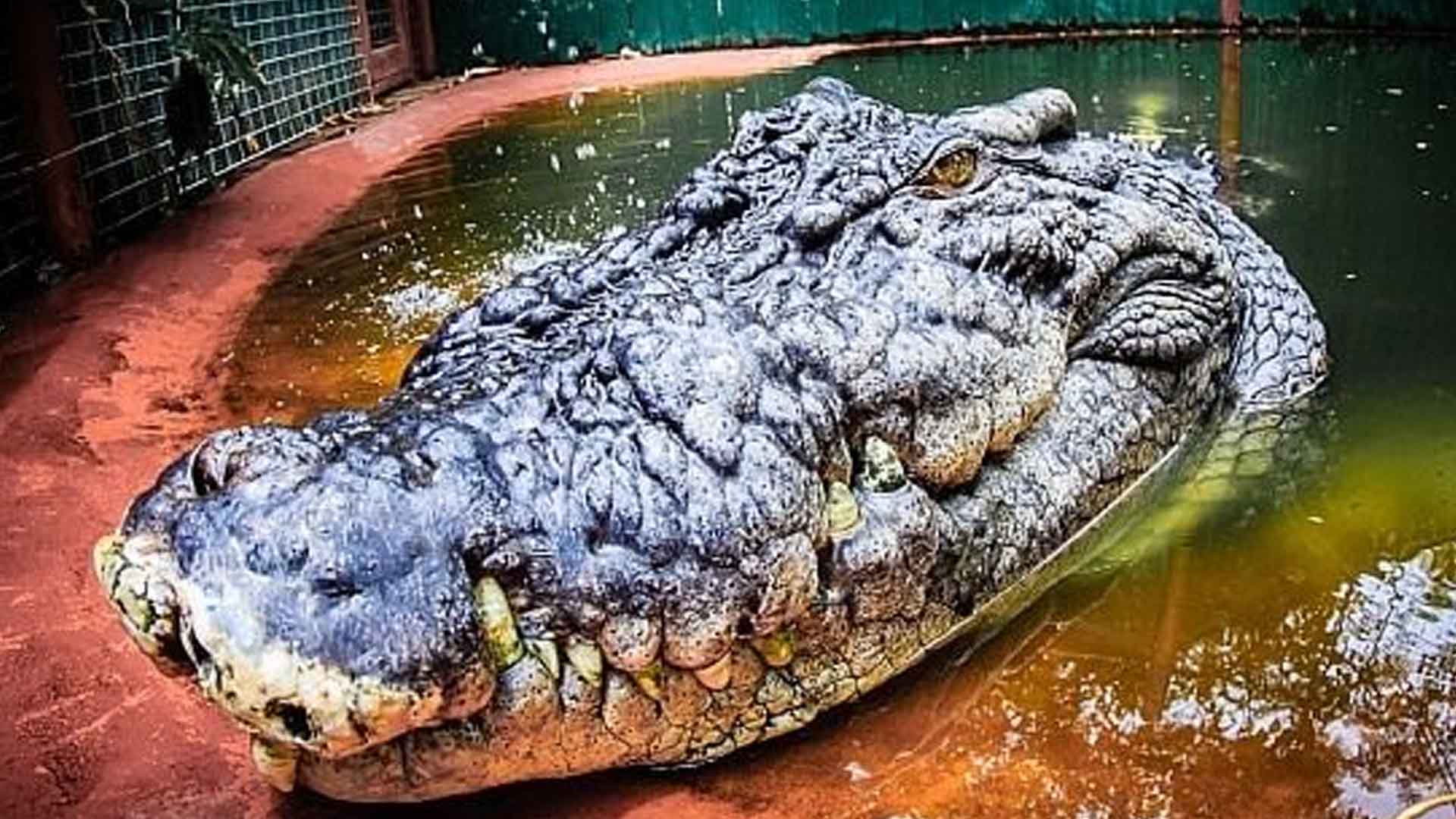
Source: Marineland Melanesia Crocodile Habitat
Modern conservation efforts help protect these amazing creatures and ensure their continued survival for generations to come.
How Scientists Estimate Sizes
Scientists estimate the sizes of these prehistoric giants using fossil evidence and modern analogs.
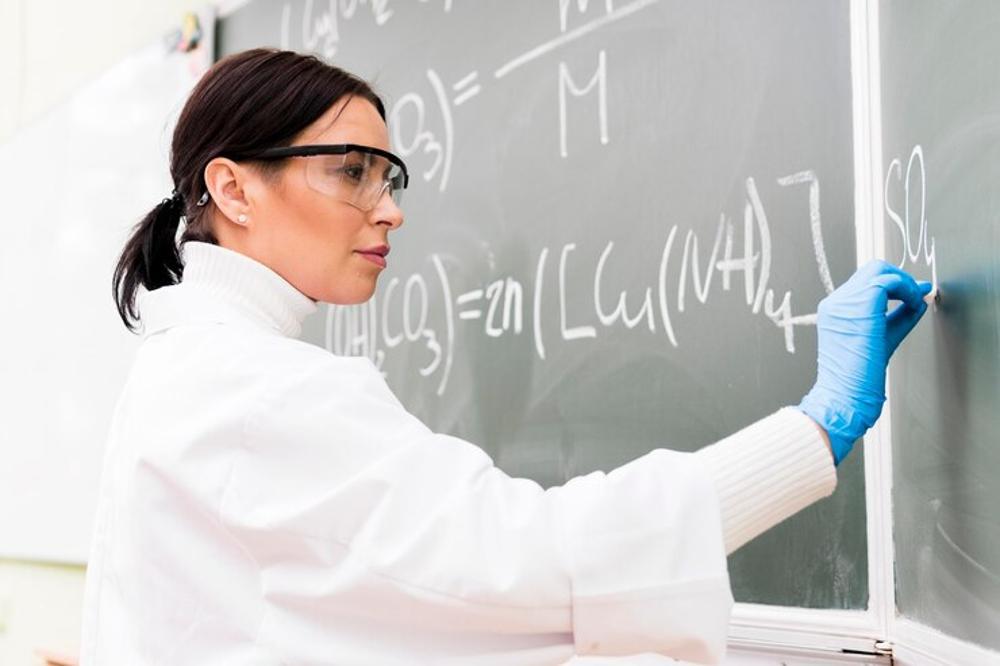
Source: Freepik
By measuring the length of crocodile skulls from the tip of the snout to the back, they can approximate body lengths, providing fascinating insights into the past.
The Legacy of Prehistoric Crocodiles
These prehistoric crocodiles highlight the incredible diversity and adaptability of ancient reptiles.

Source: Depositphotos
From the Sarcosuchus imperator to the Mourasuchus, each species offers a unique glimpse into a world where giants once roamed the earth, showcasing nature’s remarkable evolutionary journey.
